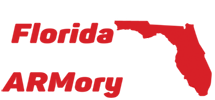Crow-Hopping vs Shuffling
Every single throw that you make for the rest of your life can either be made with optimal support of your body, or not. One of the most important aspects of our Throwing Schedule is to incorporate a Crow-Hop off of your back leg (right leg for right handed athletes, left leg for left handed athletes), which should typically start around 75-90 feet.
Though, for several reasons below, we want you to Crow-Hop almost exclusively on all of your throws, we actually recommend that you do some type of shuffle with your feet for the first 6-8 weeks of the Throwing Schedule in order to be ATHLETIC and generate some RHYTHM. For this reason, use the first 6-8 weeks to move the lower half in any manner that supports this. But once you get to 75-90 foot increment, we highly recommend you begin the process of Crow-Hopping off of your back leg.
When you do begin to Crow-Hop, you’ll notice that you won’t need to gain much ground at 75-90 feet. Though this may feel a bit less athletic, you are actually optimizing maximal ground forces by not gaining ground. Either way, you’ll notice that as your distance increases incrementally, your Crow-Hop will also incrementally “gain a little bit more ground”, “get a little bit more aggressive”, and you’ll become even more athletic. In short, the further you throw, the more athletic we want you to be, and the more likely you are going to gain ground and momentum when Crow-Hopping.
Crow-Hopping off of your back leg (as opposed to shuffling) provides countless benefits, including, 1) it takes stress off of your arm/elbow by optimizing the support from your body – especially your lower half, 2) it encourages optimal hip and glute load, pelvic tilt, and ground forces, 3) it promotes athleticism, and 4) it best simulates how you throw off the mound.
On the other hand, shuffling your feet not only deprives you from optimizing these benefits, but actually leaves the arm in a vulnerable position because if the lower half moves too quickly, the pelvic tilt is compromised, a lot of the ground forces can be lost, and the arm is left to fend for itself without the support of this load.
This type of dynamic is eerily consistent with what happens when you are in a wave. One thing that you can clearly feel when you are body surfing is the awesome power of the wave “gathering”, and then the release of the wave’s energy out in front. This is no different than the feeling you get from Crow-Hopping off your back leg – just as your body gets full support of the powerful gathering of the wave, the energy that is released out in front (your arm) is the beneficiary of this optimal load. Thus, when you Crow-Hop off your back leg, your arm is “along for the ride”. When you shuffle your feet, the arm can “miss out” on the support of the wave.
Additionally, Crow-Hopping off of your back leg plays a key role in the Pull-Down phase of throwing. Loading off of your back leg helps you get “taller” as you load, and enables you to get downhill with more leverage and support of your legs, core and ground forces. When you shuffle your feet on the Pull-Down phase, it positions your body to work “uphill”, forcing your arm to work harder because it is much more difficult to get over your front side on flat ground. And this can put a lot of unnecessary pressure on the elbow/shoulder when the arm is having to work harder to “catch up” because the legs, core, and ground forces cannot be engaged nearly as well once the lower half glides forward without the optimal support of the gather and load.
Simply put, it is imperative to load off your back leg when throwing so your legs and core can take the brunt of the throw, rather than your arm. Proper Crow-Hopping is one of the single most important aspects of our throwing philosophy, and plays a vital role in ensuring you transition back to your throwing potential in the safest and most supportive way possible. This is something we feel very STRONGLY about.
For much more information regarding the major benefits of Crow-Hopping, here is a great explanation from Randy regarding the science behind these benefits, along with an in-depth discussion Alan had with Ben Brewster/Tread Athletics Podcast:
Randy: https://www.youtube.com/watch?v=529jG4_xCnE
Alan/Ben Brewster –Tread Athletics Podcast:

